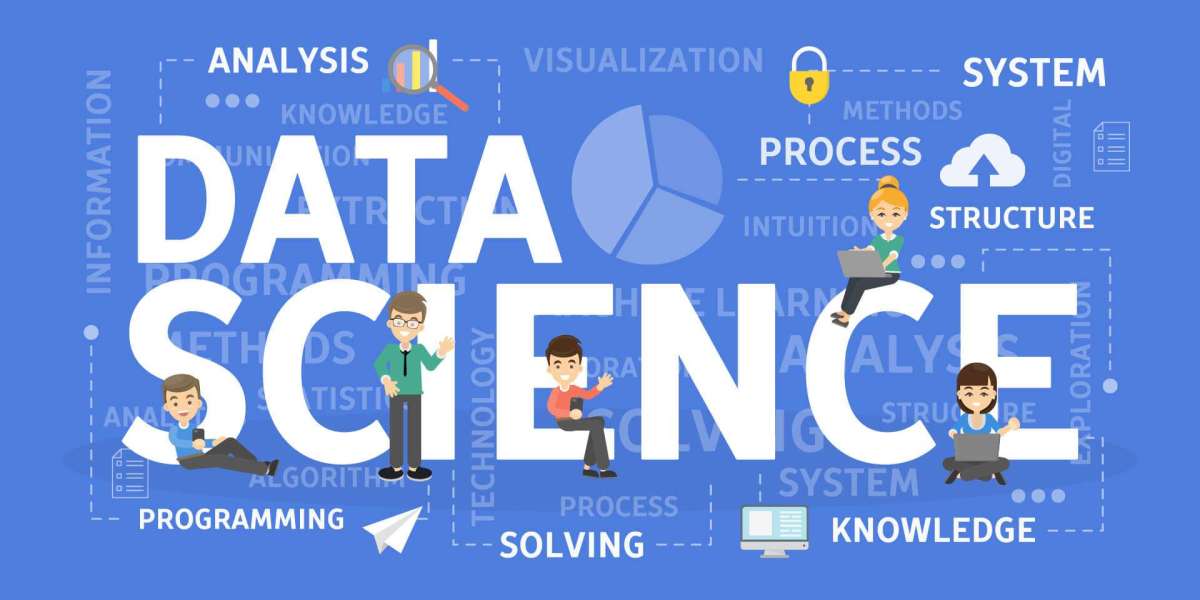Introduction
In the ever-evolving world of fashion, branding, and personalization, embroidery digitizing services have become an essential tool for businesses and individuals alike. Whether you're a custom apparel business, promotional product distributor, or simply someone with a creative design, digitizing services make it possible to turn your artwork into stunning embroidery. This blog post will walk you through everything you need to know about embroidery digitizing—what it is, how it works, its benefits, and how to choose the right service.
What Is Embroidery Digitizing?
Embroidery digitizing is the process of converting an image, logo, or design into a digital file that embroidery machines can read. This file, often in formats such as DST, PES, JEF, EXP, or HUS, tells the machine where, how, and in what sequence to stitch the design onto fabric.
Professional digitizers use specialized software to assign stitch types, densities, paths, and underlay to replicate the design as closely as possible. The success of the final embroidered product heavily depends on the quality of the digitized file.
Why Are Embroidery Digitizing Services Important?
1. Accuracy and Detail
The best embroidery digitizing services offer unmatched accuracy, converting even the most complex logos into stitch-ready formats.
2. Customization
Digitizing allows for design flexibility—custom sizes, shapes, and colors can be adjusted to match branding or personal preferences.
3. Fabric Compatibility
Professionals optimize designs for different fabric types to avoid puckering or distortion, ensuring a clean and professional finish.
4. Time and Cost Efficiency
With a digitized file, businesses can mass-produce embroidery with consistency, saving time and reducing waste.
The Embroidery Digitizing Process
Step 1: Artwork Submission
Clients provide a high-quality image of their logo or design in formats like PNG, JPG, PDF, or AI.
Step 2: Design Analysis
A professional digitizer evaluates the complexity of the design, color count, and fabric type before starting the conversion.
Step 3: Digitizing the Design
Using software like Wilcom, Pulse, or Embird, the digitizer assigns specific stitch types (satin, fill, run) and directions.
Step 4: Testing and Revisions
A test run is usually conducted on a similar fabric to identify and fix any issues in the digitized file.
Step 5: Delivery of Final File
Once finalized, the digitized file is delivered in the required format for production.
Types of Embroidery Digitizing Services
1. Logo Digitizing
Converting brand logos into embroidery-friendly files for use on uniforms, caps, bags, and more.
2. Cap Digitizing
Specialized digitizing optimized for curved surfaces of caps to maintain design integrity.
3. Jacket Back Digitizing
Large, detailed designs for jackets require precise digitizing to avoid thread breaks and maintain clarity.
4. 3D Puff Digitizing
Creates a raised, textured effect on designs, especially popular on hats and hoodies.
5. Appliqué Digitizing
Involves stitching fabric pieces onto garments and is ideal for colorful, textured designs.
High Search Volume Related Keywords to Include
embroidery digitizing services online
professional embroidery digitizing
custom logo digitizing
cheap embroidery digitizing
USA embroidery digitizing company
machine embroidery file conversion
embroidery digitizing for caps
3D puff embroidery digitizing
embroidery design digitizing
best digitizing company for embroidery
Benefits of Using Professional Embroidery Digitizing Services
High-Quality Output
Good digitizing minimizes thread breaks, distortions, and ensures the final product is sharp and detailed.
Fast Turnaround
Most top digitizing companies offer fast delivery—sometimes within 24 hours—making them ideal for tight deadlines.
Expert Assistance
Digitizers understand fabric behavior, thread types, and machine settings to deliver the best results.
Scalable Solutions
Digitized designs can be used repeatedly for mass production without degradation of quality.
Competitive Pricing
Many companies offer affordable packages with bulk order discounts, making it cost-effective for businesses.
What to Look for in the Best Embroidery Digitizing Services
1. Experience and Portfolio
Always check the provider’s experience and sample works. A good portfolio reflects consistent quality.
2. Customer Reviews
Look for feedback from previous clients to gauge reliability, quality, and customer service.
3. File Format Options
Ensure the company offers all major embroidery machine file types like DST, PES, EXP, JEF, and more.
4. Revision Policy
Choose services that allow for edits and corrections without extra charges.
5. Turnaround Time
A reliable provider should meet deadlines, especially for time-sensitive projects.
Embroidery Digitizing Services in the USA
Many businesses prefer USA-based digitizing services due to better communication, higher quality control, and faster shipping of samples. Top U.S. companies offer:
24-hour turnaround times
Real-time customer support
High-resolution digitizing for all types of fabrics
Specialized services like 3D puff and applique digitizing
Common Mistakes to Avoid When Choosing a Digitizing Service
Choosing based on price alone
Ignoring the provider's experience or expertise
Not checking file compatibility with your embroidery machine
Not requesting a sample or test file
How Much Do Embroidery Digitizing Services Cost?
Pricing varies based on design complexity, size, and turnaround time. Here’s a general breakdown:
Small Logos (Under 4”): $10 to $25
Medium Designs (4”–8”): $25 to $45
Large or Jacket Back Designs: $45 to $80+
3D Puff Designs: $30 to $60
Many services also offer discounts on bulk orders or recurring business contracts.
Tips to Get the Best Results from Embroidery Digitizing Services
Submit high-resolution artwork (300 DPI or vector files preferred)
Specify fabric type for accurate stitch settings
Mention size and placement (cap, chest, back, etc.)
Ask for a sample stitch-out before full production
Use feedback and revisions to perfect the final file
Future Trends in Embroidery Digitizing
As technology continues to evolve, so does embroidery digitizing. Here are some upcoming trends:
AI and Automation
Artificial Intelligence is beginning to assist in automatic stitch type suggestions and pathing.
Cloud-Based Digitizing Platforms
More services are offering cloud portals where clients can upload artwork, receive files, and track progress.
Sustainable Thread Mapping
With increased focus on sustainability, digitizing now includes eco-friendly thread usage suggestions.
Mobile Optimization
Apps and mobile-optimized websites are making it easier for clients to place orders on the go.
Conclusion
Whether you’re starting a custom embroidery business or looking to elevate your brand’s apparel, investing in embroidery digitizing services is a must. High-quality digitizing is the backbone of professional embroidery, ensuring each stitch is placed with precision and care. With the right service provider, you can turn your ideas into stunning embroidered designs that leave a lasting impression.
Choose a trusted, experienced digitizing partner to bring your vision to life with accuracy, speed, and superior craftsmanship. Don’t compromise on quality—opt for expert embroidery digitizing services that stand out in today’s competitive market.



